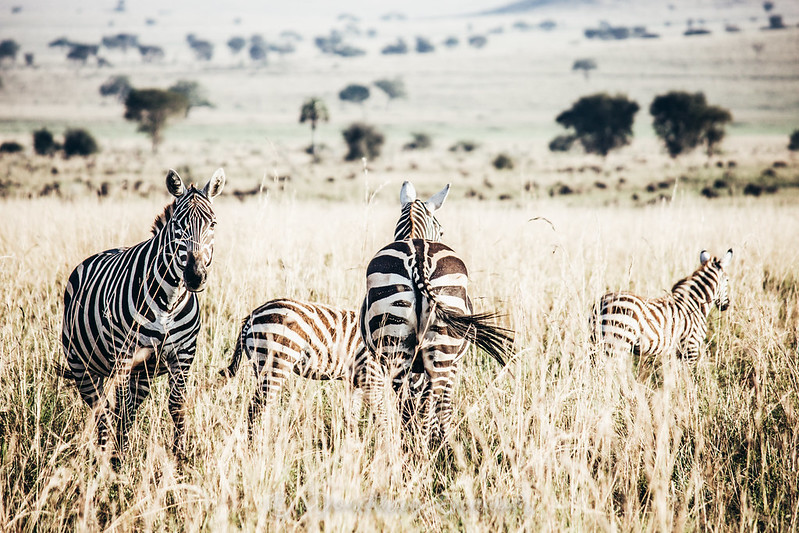History and Fascinating Facts about Kidepo Valley National Park.
Often considered as one of Uganda’s most fascinating parks, Kidepo Valley National Park is well-known for its solitude, breathtaking scenery, and varied fauna. Tucked in the far-off northeast of the nation, this park epitomizes African wildness in its unvarnished form. This is a closer examination of the fascinating facts and rich legacy of Kidepo Valley National Park.
Historical Background
Kidepo Valley National Park was founded in 1962, the same year Uganda won its freedom from British colonial control. The government made it a national park mostly in order to save the many species and unique ecosystems of the region.
The park’s development included the displacement of the indigenous Ik and Karamojong people that customarily utilized the ground for hunting and grazing. Tension was generated by this relocation; traces of these historical events still show up in the local culture.
Conservation Issues
Poaching and Unrest, Political unrest in Uganda presented major difficulties for Kidepo during the 1970s and 1980s. The park suffered from significant poaching, and security issues and limited resources hampered attempts at conservation. While efforts in the 1990s and early 2000s witnessed a slow comeback, wildlife numbers dropped throughout this time.
Infrastructure, conservation rules, and an emphasis on tourism have helped Kidepo become known as a top safari destination in recent years. The Uganda Wildlife Authority (UWA) currently oversees the park; it has put policies in place to safeguard its species and boost environmentally friendly travel.
Landscape and Geographic Features
Location and Accessibility
Situated in the Karamoja area, Kidepo Valley National Park stretches north from South Sudan and east from Kenya. One of the least frequented but most beautiful parks in Uganda, its seclusion makes this so.
Terrain and Altitude, The park covers 1,424 square kilometers and sits 914 to 2,750 meters above sea level. The diversified terrain include the spectacular Mount Morungole, rocky slopes, and plains of savannahs.
Special Systems
Two primary valleys define the park: the Kidepo Valley, marked by seasonal rivers and limited vegetation, and the Narus Valley, more fruitful and supporting of a great concentration of species.
Seasonal Rivers: The Kidepo River is dry most of the year then becomes a shallow stream during the wet season. One of the salient characteristics of this valley is the prevalence of Borassus palms along its bed.
Wildlife and Biodiversity
Mammals and Forecasts
Over 77 species of animals call Kidepo Valley National Park home; some species are rare elsewhere in Uganda. This spans aardwolves, bat-eared foxes, and cheetahs.
Though this habit is more usually seen in Queen Elizabeth National Park, the park’s lions are well-known for sporadically climbing trees.
Rare species the park supports include beisa oryx, roan antelope, and the larger kudu. Along the grasslands there wander giraffes, zebras, and Cape buffaloes.
Kidepo is a refuge for birdwatchers with more than 475 different kinds of birds. Not often encountered elsewhere in Uganda, rare and indigenous birds include the ostrich and Karamoja Apalis.
The park has striking birds of prey such the Egyptian vulture and the Verreaux’s eagle. Kidepo also has the Kori bustard, the biggest flying bird known worldwide.
Cultural Value
Karamojong Community, Mostly living in the area around the park are the Karamojong people. Their rich cultural legacy, cattle-herding customs, and unique wardrobe with vibrant beads and shukas are well-known.
Semi-nomadic Karamojong people have close links to their land and animals. Cultural excursions providing insights into everyday life, music, dances, and traditional rites let visitors to Kidepo participate.
Living in isolation, the Ik Tribe is among the tiniest and most remote ethnic groupings in Uganda. Their range of residence is Mount Morungole, which is within the limits of the park. Resilient people with a distinct language and culture, the Ik provide a unique chance for cultural immersion by way of hiking to their settlements.
Fascinating Information About Kidepo Valley National Park Low Tourist Numbers
Kidepo remains one of the least frequented parks in Uganda owing of its isolated location, therefore perfect for people looking for unique and peaceful animal encounters.
Kidepo is the only park in Uganda where cheetah sightings are somewhat frequent, which adds to its attractiveness for those trying to see uncommon creatures.
Climate, One extended dry season marks the park’s semi-arid climate. This produces bright, wide savannahs in the dry months and dramatic settings with rich vegetation during the rains.
The park enhances its feeling of wild beauty by providing expansive vistas of its surroundings, which include panoramic glimpses of the Rift Valley and adjacent South Sudan and Kenya.
The secluded yet intriguing natural feature known as the Kanangorok Hot Springs in the Kidepo Valley lets guests enjoy the thermal activity of the park.
Contemporary Environmental Projects
The Uganda Wildlife Authority drives efforts to preserve Kidepo Valley National Park’s biodiversity under backing from alliances with conservation groups. Among these projects are community involvement programs, anti-poaching patrols, and environmentally friendly travel guidelines. The park hopes to provide a sustainable environment where both human cultures and animals flourish by including nearby towns into conservation initiatives.
Kidepo Valley National Park provides evidence of the amazing variety and resiliency of the natural environment as well as the civilizations coexisting within it. For those discovering Uganda’s hidden gems, its breathtaking beauty, great variety, and cultural value are very vital. From its founding and early challenges to its rebirth as a top safari destination, the park’s history emphasizes the need of preservation and ethical travel in maintaining such priceless natural and cultural treasures.

